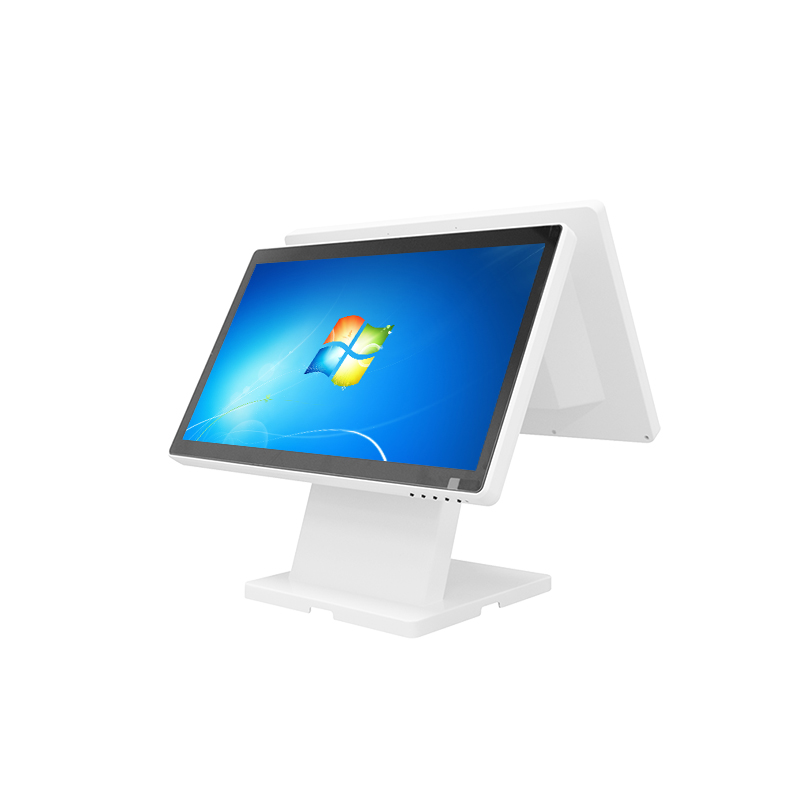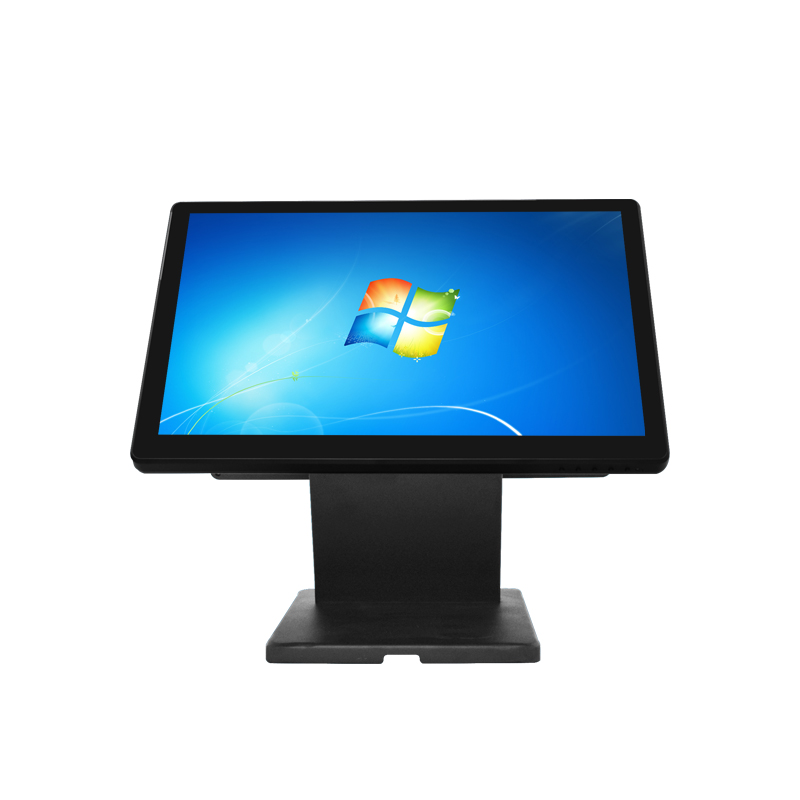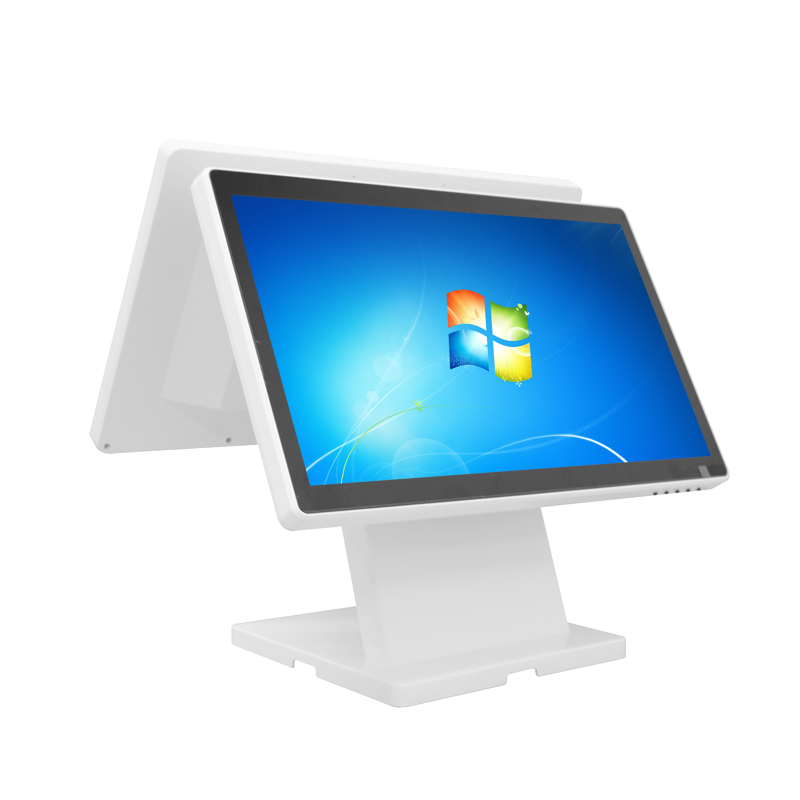In the fast-paced environment of a restaurant, efficiency and accuracy are critical. Point of Sale (POS) touch screen monitors have become indispensable tools in modern restaurants, significantly enhancing operational efficiency through streamlined order processing, inventory management, and improved customer service. This article explores the multifaceted benefits of POS touch screen monitors in the restaurant industry.
1. Streamlined Order Processing
One of the primary advantages of pos customer display screen is the ability to streamline order processing. These monitors allow staff to take orders quickly and accurately, reducing wait times and minimizing errors. The intuitive interface of POS systems ensures that employees can be trained swiftly, which decreases training costs and time. This efficiency in taking orders directly translates to faster service, improving the overall customer experience.Moreover, POS systems often integrate with kitchen display systems (KDS), ensuring seamless communication between front-of-house and back-of-house staff. This integration is crucial for efficient operations, as it facilitates faster order preparation and delivery. By eliminating the need for handwritten orders and reducing the chance of miscommunication, POS systems enhance the accuracy and speed of order fulfillment.


2. Improved Inventory Management
Effective inventory management is essential for the smooth operation of any restaurant. POS customer display screen significantly improve this aspect by tracking ingredient usage in real-time. This real-time tracking alerts management when supplies are low, helping to prevent overstocking or shortages. The ability to monitor inventory closely ensures that restaurants can maintain optimal stock levels, reducing waste and ensuring that popular menu items are always available.Furthermore, the data collected by POS systems can provide valuable insights into sales trends and inventory usage patterns. This information enables restaurant managers to make informed decisions about purchasing and menu planning. For instance, if a particular dish is consistently popular, management can ensure that the necessary ingredients are always in stock. Conversely, if an item is not selling well, it can be removed from the menu to minimize waste.
3. Enhanced Customer Service
Customer service is a critical component of restaurant success, and pos customer display screen contribute significantly to this area. The quick and accurate order processing enabled by POS systems reduces wait times and enhances the overall dining experience. Additionally, POS systems can manage loyalty programs and personalized promotions efficiently, fostering customer loyalty and encouraging repeat business.POS systems also allow for easy customization of orders, catering to individual customer preferences and dietary restrictions. This flexibility is increasingly important in today's dining landscape, where customers often seek personalized dining experiences. By accommodating these preferences quickly and accurately, restaurants can enhance customer satisfaction and build a loyal customer base.

4. Data-Driven Decision Making
The data collected by pos touch screen all in one provides valuable insights that can drive better decision-making and strategic planning. For example, sales data can reveal peak hours, popular menu items, and seasonal trends. This information allows restaurant managers to optimize staffing levels, menu offerings, and promotional strategies.By analyzing sales trends, restaurants can identify opportunities for growth and areas that require improvement. For instance, if data shows that certain times of the day are consistently busy, management can ensure that sufficient staff is scheduled during these periods. Similarly, if a particular menu item is exceptionally popular, it can be featured in promotions to drive sales further.
5. Economic Benefits
Implementing POS touch screen monitors in restaurants leads to significant cost savings. The reduction in order errors minimizes food waste and the associated costs. Improved inventory management reduces the likelihood of overstocking, which can tie up capital and lead to spoilage. Additionally, the efficiency gains from streamlined order processing and faster employee training translate to labor cost savings.The ability to track and analyze sales data also enables better financial planning and forecasting. By understanding sales patterns and customer preferences, restaurants can make informed decisions about pricing, promotions, and resource allocation. This strategic approach helps maximize revenue and profitability.
Conclusion:
The implementation of POS touch screen monitors in restaurants offers numerous benefits that enhance operational efficiency, improve customer service, and drive cost savings. By streamlining order processing, improving inventory management, and providing valuable data for decision-making, POS systems are essential tools for modern restaurant management. As the restaurant industry continues to evolve, the adoption of advanced POS technology will play a critical role in maintaining competitiveness and ensuring long-term success.
pos touch screen monitor pos monitor pos customer display screen



